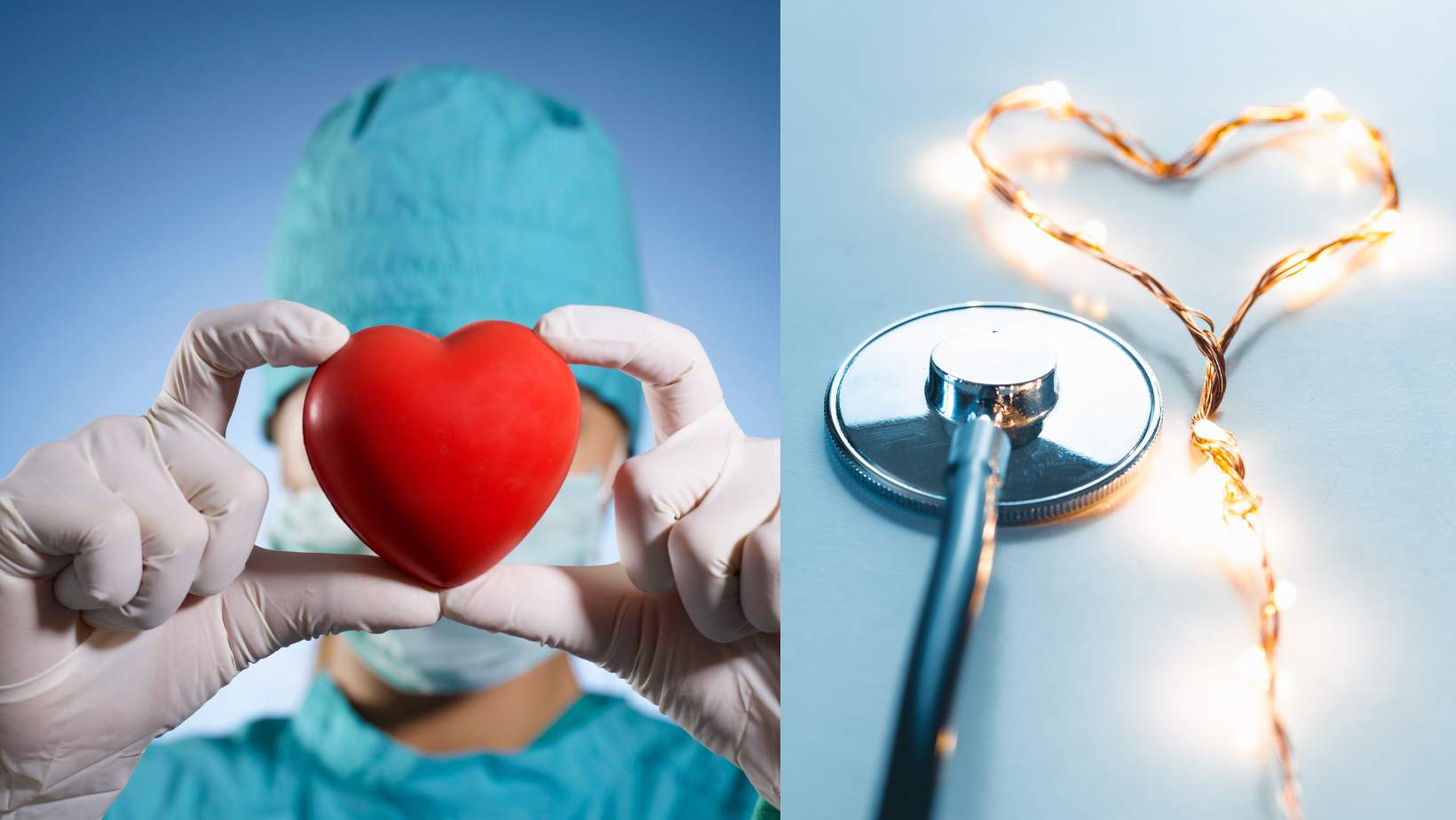If you’re battling high cholesterol, you might be dreading a lifetime of bland meals and prescription medications. But what if you could whip your levels into shape by feasting on guacamole, hummus, and dark chocolate? According to Dr. Paul Zalzal and Dr. Brad Weenie, the key to a heart-healthy diet is knowing which foods to embrace – and it’s not all celery sticks and sadness.
In a recent episode of Talking With Docs, the physicians dished on the top 15 foods scientifically shown to lower LDL (“bad”) cholesterol, raise HDL (“good”) cholesterol, or both. While these nutrition all-stars may have been “nerds” in high school, they’re poised to become your new best friends in the battle against heart disease. Let’s dig in and discover how to make over your menu without sacrificing flavor.
1. Go Nuts for Heart Health
Almonds and walnuts are powerhouses when it comes to improving your lipid profile. Regular consumption has been linked to lower LDL and higher HDL levels. “If I had to pick one nut to eat health-wise, it would probably be the walnut,” says Dr. Zalzal. For an even more potent cholesterol-lowering punch, the docs suggest adding Brazil nuts to your rotation – just four per month could slash LDL by up to 10%.
2. Avocados: The Creamy, Dreamy Cholesterol Fighters
Who doesn’t love a good guacamole? Luckily, the main ingredient – avocado – is a triple threat against bad cholesterol. This buttery fruit can lower LDL, raise HDL, and reduce triglycerides. So go ahead and mash up a batch for your next party or taco night.
3. Beans and Legumes: Protein Powerhouses
Beans, chickpeas, and lentils are all excellent sources of protein and fiber – two key components of a cholesterol-lowering diet. Hummus, anyone? Dipping veggies or whole grain crackers into this Middle Eastern spread is a tasty way to sneak more legumes into your day.
4. Berry Good News for Your Heart
When it comes to berries, the blueberry reigns supreme. Packed with antioxidants, these little blue dynamos can help lower LDL cholesterol. And don’t fret over fresh vs. frozen – both are equally potent. Sprinkle them on your morning oatmeal or yogurt for a heart-smart start to your day.
5. Indulge in Dark Chocolate
Chocoholics, rejoice! Dark chocolate with at least 70% cocoa solids has been shown to reduce LDL cholesterol. “If you’re looking for a little something treaty, then have some dark chocolate,” advises Dr. Weenie. Just remember to enjoy it in moderation – a square or two a day is plenty.
6. Get Your Greens On
Dark, leafy greens like spinach, kale, and Swiss chard are superstars when it comes to heart health. These veggies contain compounds that bind to bile acids (which are made from cholesterol) and escort them out of the body. Sauté them with a bit of garlic for a flavorful, cholesterol-crushing side dish.
7. Feast on Fatty Fish
Omega-3 fatty acids, found in abundance in salmon, sardines, and mackerel, have been shown to lower LDL and triglycerides. Aim to eat at least two servings per week. Not a fish fan? Consider taking a high-quality fish oil supplement.
8. Ward Off Vampires (and High Cholesterol)
Garlic does more than keep bloodsuckers at bay – it also helps reduce LDL cholesterol. “It can also prevent you from getting COVID, because your breath will be so bad nobody will come near you,” jokes Dr. Weenie. While the COVID claim may be dubious, the cholesterol benefits are legit. Mince some into your next pasta sauce or stir-fry.
9. Go With the (Whole) Grain
Oats, barley, and other whole grains contain beta-glucan, a type of fiber that lines the small intestine and prevents cholesterol from being absorbed. Top a bowl of oatmeal with blueberries and walnuts for a cholesterol-lowering trifecta.
10. Raise a Glass (of Grape Juice)
Grapes, particularly the skins, contain phenolic compounds that help lower LDL. And while many people are eager to extend these benefits to red wine, the doctors are cautious. “The evidence is not very solid on the benefits of wine outweighing the harms,” notes Dr. Zalzal. Stick to whole grapes or 100% grape juice to play it safe.
The Bottom Line
While medication may be necessary for some, making targeted dietary changes can go a long way in managing cholesterol. By focusing on these 15 foods and eating them regularly, you can actively lower your risk of heart disease – no prescription required.
Of course, always consult with your doctor before making major changes to your diet or treatment plan. But don’t be afraid to bring this list to your next appointment and discuss how you can start incorporating these cholesterol-busting foods into your meals. Your taste buds (and your heart) will thank you.
Frequently Asked Questions
Are all fats bad for cholesterol?
No! While saturated and trans fats can raise LDL cholesterol, monounsaturated and polyunsaturated fats (like those found in nuts, avocados, and fatty fish) can actually improve your lipid profile. Focus on replacing unhealthy fats with these heart-smart options.
Can I lower my cholesterol through diet alone?
It depends on your individual situation and risk factors. Some people may be able to manage their cholesterol purely through lifestyle changes, while others may require medication. Work with your doctor to create a personalized plan that includes both dietary modifications and any necessary pharmaceutical interventions.
How long does it take to see results from a cholesterol-lowering diet?
While you may notice changes in your bloodwork within a few weeks, it can take several months to see the full effects of dietary changes on your cholesterol levels. Be patient and consistent with your new eating habits, and don’t get discouraged if you don’t see immediate results. Slow and steady wins the race when it comes to heart health!
